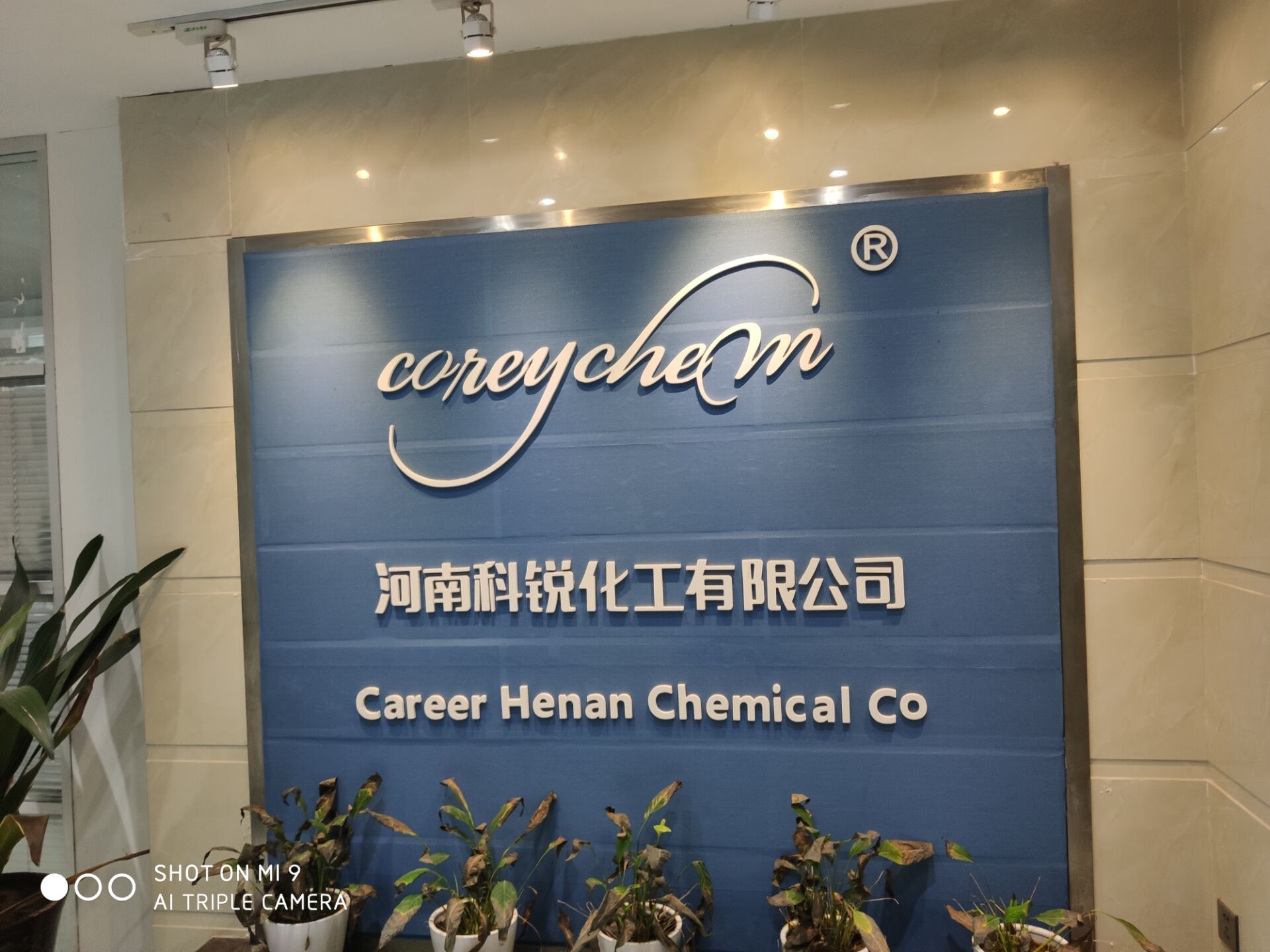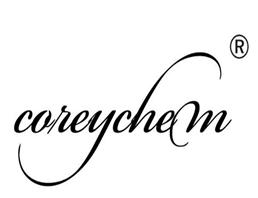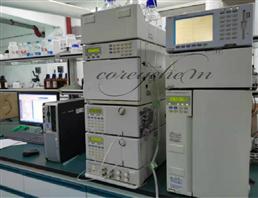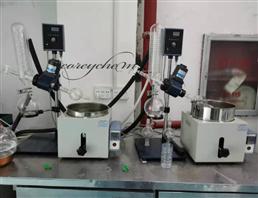Product Name: 5-Aminolevulinic acid
Synonyms: 5-Aminolevulinic acid price;aminolevulinicacid;AMINOLEVULINIC ACID, 5-;5-AMINOLEVULINIC ACID;5-AMINOLEVULINATE;5-amino-4-oxovaleric acid;4-Carboxy-2-oxobutylamine;4-Oxo-5-aminopentanoic acid
CAS: 106-60-5
MF: C5H9NO3
MW: 131.13
EINECS: 203-414-1
Product Categories: -;Photodynamic Therapy Of Cancer
Mol File: 106-60-5.mol
5-Aminolevulinic acid Structure
5-Aminolevulinic acid Chemical Properties
Melting point 118-119 °C
Boiling point 242.42°C (rough estimate)
density 1.3121 (rough estimate)
refractive index 1.4300 (estimate)
pka 4.05(at 25℃)
CAS DataBase Reference 106-60-5(CAS DataBase Reference)
EPA Substance Registry System Pentanoic acid, 5-amino-4-oxo- (106-60-5)
Safety Information
HS Code 29225090
MSDS Information
5-Aminolevulinic acid Usage And Synthesis
Indications Aminolevulinic acid (ALA HCl, Levulan Kerastick) is indicated for the treatment of nonhyperkeratotic actinic keratosis of the face and scalp. It has two components, an alcohol solution vehicle and ALA HCl as a dry solid. The two are mixed prior to application to the skin. When applied to human skin, ALA is metabolized to protoporphyrin, which accumulates and on exposure to visible light produces a photodynamic reaction that generates reactive oxygen species (ROS).The ROS produce cytotoxic effects that may explain therapeutic efficacy. Local burning and stinging of treated areas of skin due to photosensitization can occur.
Enzyme inhibitor This key metabolic precursor (FW = 131.13 g/mol; CAS 106-60-5; pKa values = 4.05 and 8.90 at 25°C; Symbol: ALA), also known as daminolevulinic acid, is essential for the biosynthesis of metal ion-binding tetrapyrrole ring systems (porphyrins, chlorophylls, and cobalamins). In non-photosynthetic eukaryotes (animals, insects, fungi, protozoa, and alphaproteobacteria), d-aminolevulinic acid is produced by the enzyme ALA synthase, using glycine and succinyl CoA as substrates. In plants, algae, bacteria, and archaea, it is produced from glutamyl-tRNA and glutamate-1-semialdehyde. 5-Aminolevulinic acid inhibits (R)-3-amino-2- methylpropionate:pyruvate aminotransferase. ALA Phototherapy: Protoporphyrin IX, the immediate heme precursor is a highly effective tissue photosensitizer that is synthesized in four steps from 5- aminolevulinic acid. ALA synthesis is regulated via a feedback inhibition and gene repression mechanism linked to the concentration of free heme. In certain cell and tissue types, addition of exogenous ALA bypasses these regulation mechanisms, inducing uptake and synthesis of photosensitizing concentrations of Protoporphyrin IX, or PpIX. Topical application of ALA to certain malignant and non-malignant skin lesions, for example, can induce a clinically useful degree of lesion-specific photosensitization (e.g., superficial basal cell carcinomas show high response rate (~79%) after a single phototherapy treatment). ALA also induces localized tissue-specific photosensitization, when injected intradermally. In this sense, ALA and its methyl ester (methyl aminolevulinate, or MAL; trade name: Metvix?) are prodrugs that increase the amounts of the active drug (PpIX).

 China
China






